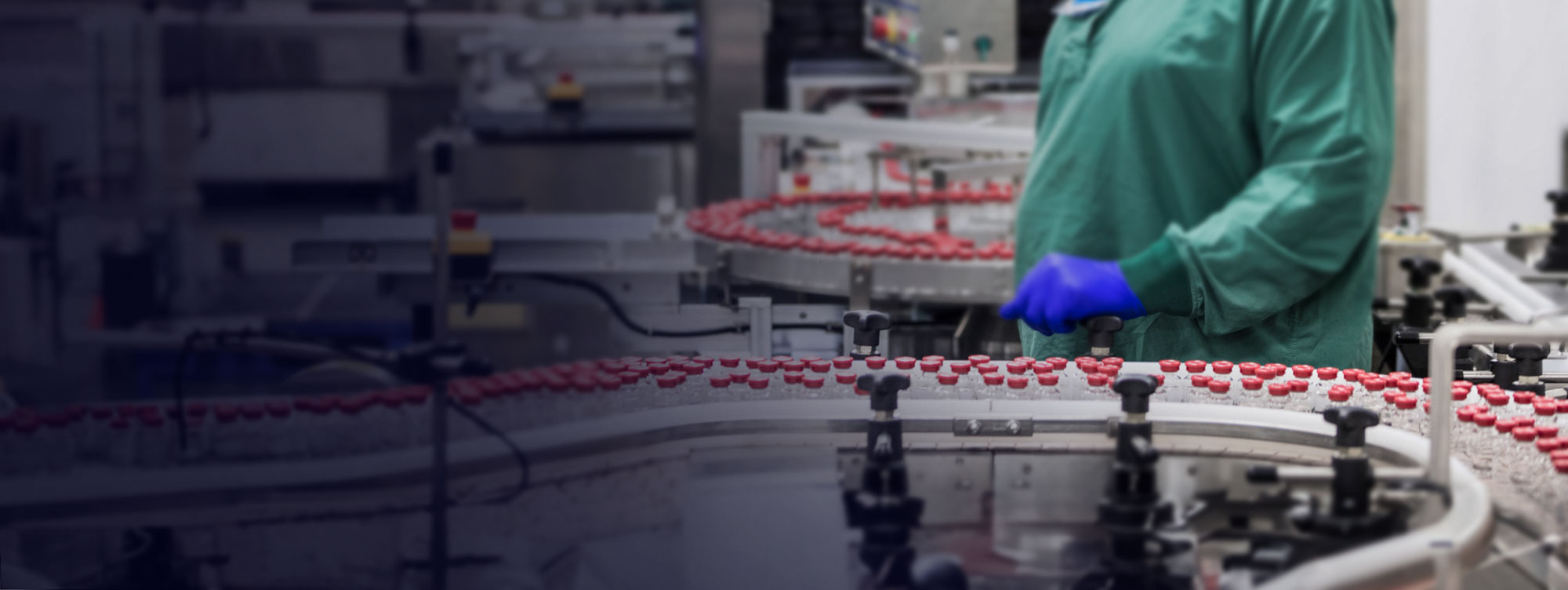Widespread industry supply challenges:
91% of generic sterile injectables faced shortages (2023)1
50% increase in the duration of shortages—now averaging more than 3 years (2020-2023)1
40% increase in product discontinuations (2023 vs 2022)1
5% to 20% increase in hospital budgets annually due to drug shortages2
What's driving supply shortages?
While natural disasters, public health crises, and demand spikes are often cited as causes of drug shortages, the underlying issues are more complex.1

Our role
Pfizer recognizes the critical impact of industry-wide supply shortages on both healthcare providers and patients. We are doing our part to address generic sterile injectable shortages and ensure long-term supply availability.

As part of our ongoing efforts, we are taking a strategic, 3-pronged approach:
Investing in world-class manufacturing capabilities
We have invested more than $2 billion since 2015 in our 10 manufacturing and distribution sites, including 6 in the US, to ensure a reliable, high-quality supply of essential medication.*
Producing the broadest portfolio of generic sterile injectables in the US
sterile injectable molecules
molecules offered exclusively
delivery systems
medications on WHO’s Essential Medicine List
How you can help
Pfizer remains committed to investing in supply reliability and resiliency.
Yet, we must recognize that manufacturing efforts alone are not enough to solve the broader market and economic factors underlying the drug shortage crisis. Change can only happen together.

Purchasing behaviors play a crucial role.
While seeking the lowest price may be appealing in the short term, it can worsen drug shortages in the long term. Here's what you can do:
API=active pharmaceutical ingredients.
*As of 2024.
References: 1. The United States Pharmacopeia. USP annual drug shortages report: economic factors underpin 2023 shortages. Accessed February 20, 2025. https://www.usp.org/supply-chain/drug-shortages 2. ASHP 2023 drug shortages survey report severity and impact of current drug shortages. Accessed February 20, 2025. https://www.ashp.org/-/media/assets/drug-shortages/docs/ASHP-2023-Drug-Shortages-Survey-Report.pdf 3. Data on file. Pfizer Inc., 2024. 4. American Hospital Association. America’s hospitals and health systems continue to face escalating operational costs and economic pressures as they care for patients and communities. Accessed February 20, 2025. https://www.aha.org/system/files/media/file/2024/05/Americas-Hospitals-and-Health-Systems-Continue-to-Face-Escalating-Operational-Costs-and-Economic-Pressures.pdf

